Building a Serverless Podcast Workflow: Adventures with AI
Lead Cloud Engineer Jon Goodall discusses a practical example of using AI and serverless compute to automate content production processes

Lead Cloud Engineer Jon Goodall discusses a practical example of using AI and serverless compute to automate content production processes

Logicata CEO Karl Robinson attended AWS re:Invent 2024 – find out what he got up to in Las Vegas – it doesn’t need to stay in Vegas! Networking with AWS Community Builders, Heroes, User Group Leaders, attending sessions, collecting swag…
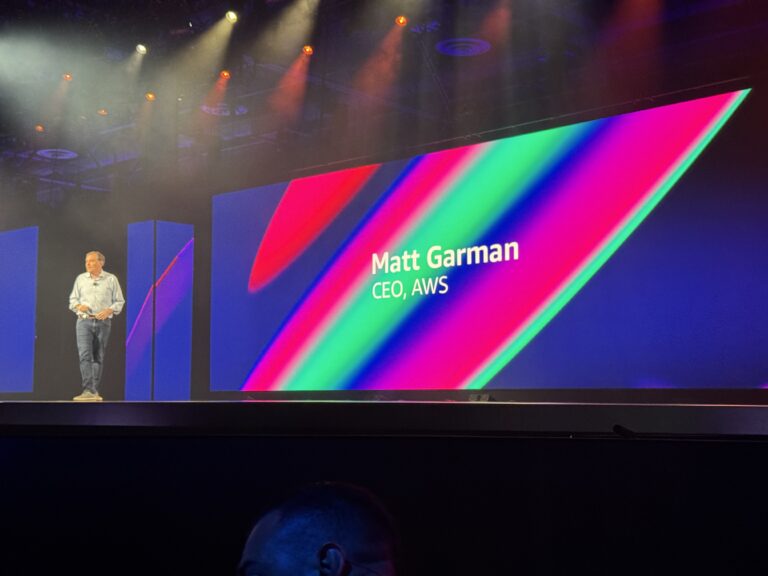
This year, I enjoyed attending the AWS re:Invent keynote session led by new CEO Matt Garman. This was his first re:Invent keynote since taking over from Andy Jassy. Crowds piled into the enormous theatre in The Venetian, Las Vegas, to hear AWS’s latest announcements. By sheer luck I was shepherded into a seat 3 or 3 rows back from the front, so I could capture all of the photos in this post myself!

If you are a small business with limited software development resources, I suspect there’s an almost constant drive to get the most out of their limited time whilst being careful not to burn them out completely.
To increase productivity without elongating working hours, a great place to start is to consider how much time your developers spend on tasks other than writing code.

Logicata CEO Karl Robinson summarises the key AWS product and service announcements from Adam Selipsky’s keynote at AWS re:Invent 2023

There is a lot of ambiguity around the term “DevOps.” Some say it’s so broad that it doesn’t really mean anything, some say it’s just automation, some say it’s a cultural movement about responsibility for the delivery of code, and some say it’s whatever that one techie in your company does who doesn’t work on your products.
In this article, Jon talks about what exactly DevOps is and goes through our thought process for when outsourcing DevOps does and does not make sense.
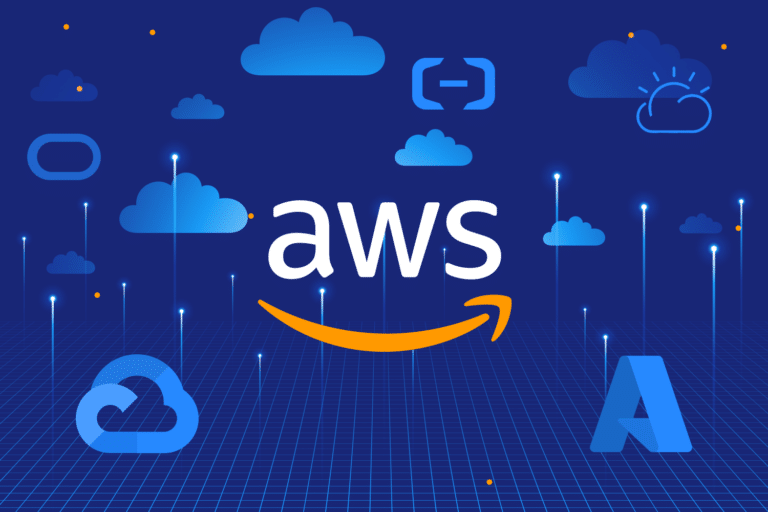
This post discusses how to choose a cloud service provider and how each of the major choices compares with the others.
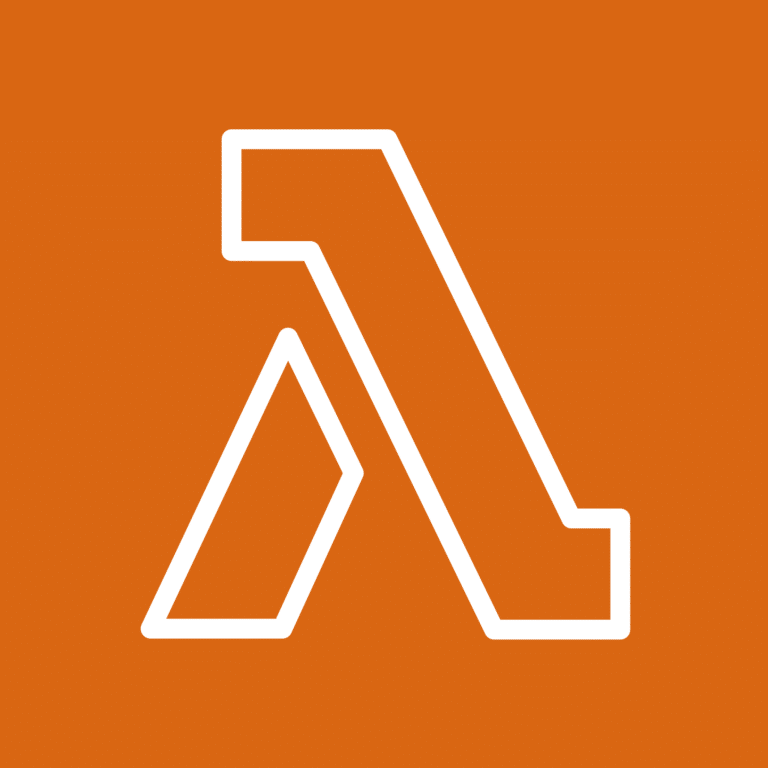
Lambda, and Serverless in general, is rather “in” right now in the world of cloud computing. So, how much of the marketing spiel should you listen to – how do you know when to use Lambda?
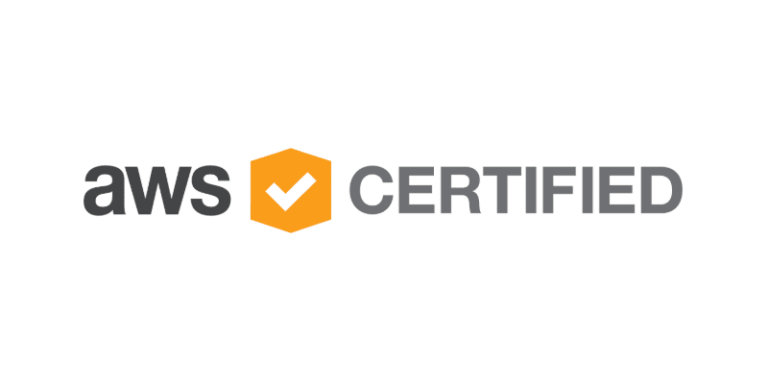
Karl describes his motivations for becoming AWS Certified, the benefits of AWS certification, and shares tips on preparing for the certification exams.

Adriano explains how to improve PHP performance on AWS, including caching and hardware, and the PHP development process.
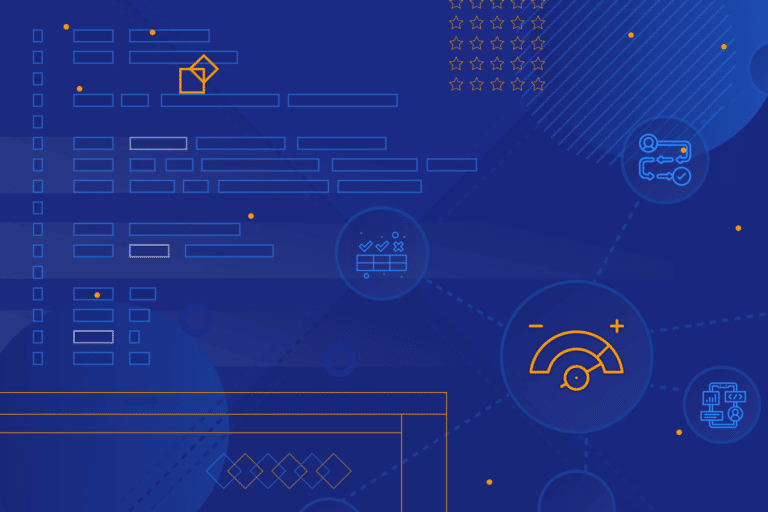
Adriano explains best practices for improving PHP performance on AWS, including caching and hardware, and the PHP development process.
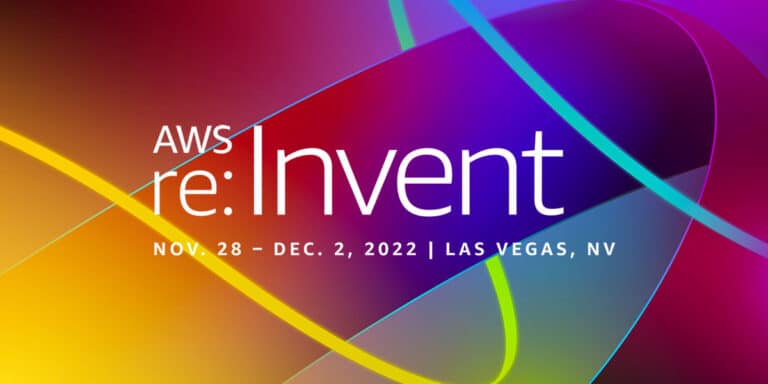
Today marked the first general session day of the 2022 AWS reInvent conference in Las Vegas. Karl Robinson live streamed the keynote and prepared this list of new service announcements.
End of content
End of content
Registered Address: 107-111 Fleet Street London, UK
EC4A 2AB
UK Phone: +44 203 793 9615
US Phone: +1 201 273 9197
Logicata Limited
Company #: 12218995
VAT #: GB333106935
ICO #: ZA843833
ISO 27001 certified by BSI – certificate number IS 752334
© Logicata. All Rights Reserved 2025.